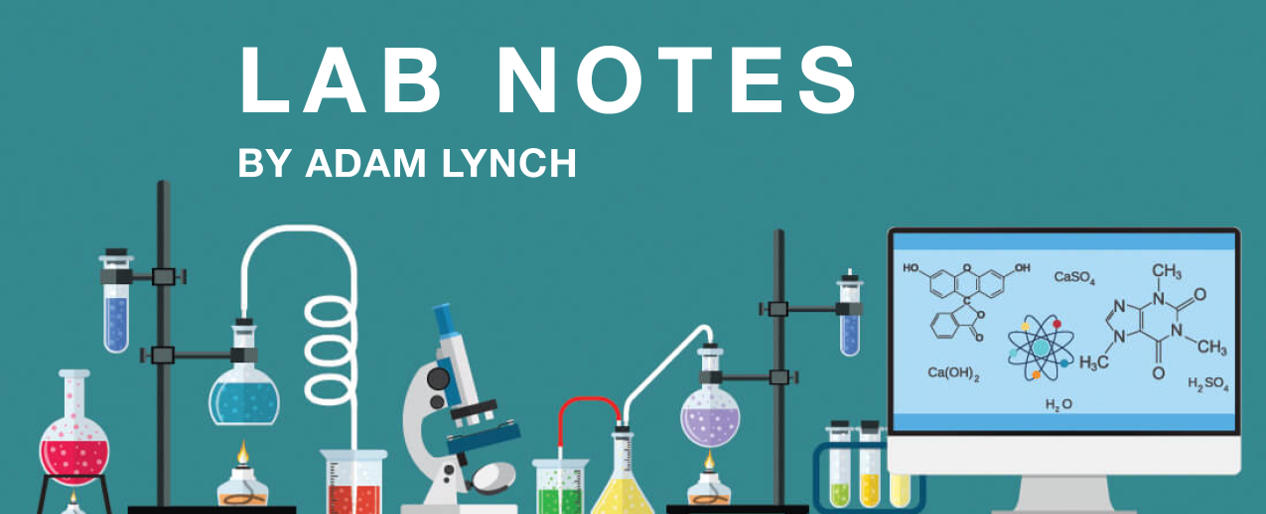Introducing: Lab Notes
Allison Crimmins on May 15, 2019

Lab Notes is a series created by Remedy Plan researcher Adam Lynch. WIth his posts, he aims to share his perspective on what it is like to work in a start-up atmosphere and to provide a glimpse of the laboratory science that drives research and discovery.
Reposted with permission from https://labnotes.science.blog/
Building Blocks
ON APRIL 21, 2019 BY ADAM LYNCH IN CELL CULTURE
I am a research technician at a startup biotech company; simply put, my job is to perform cell and molecular biology experiments that will help advance our drug discovery efforts (for more information view
https://remedyplan.com/science). Most of my time in the lab revolves around one very important technique that serves as the foundation for the majority of our scientific experiments: -cell culture! Cell based experiments are a great model system in drug discovery. In our case, cancer cells are perfect test subjects to identify compounds that lower embryonic properties without producing toxic effects. Scientists have been culturing (growing) cells for decades, and it has revolutionized the fields of cellular and molecular biology. Here is a glimpse into the science behind cell culture and how we use these principles in our lab to run experiments.

In order to cultivate cells in the lab we need to recreate the proper environmental conditions and nutrients that they would normally receive from their original source. First, we need to create the right recipe for growth. Generally speaking, the perfect cocktail consists of a combination of amino acids, carbohydrates, vitamins, and growth factors …Yum. Many cultured cells will only survive and proliferate when they are firmly anchored to their surroundings, as they would be inside the body. In order to accomplish this, cells are grown in ‘culture flasks’ that are coated with a material that allow the cells to attach to bottom of the flask and further expand. One of the realizations that I’ve come to is that growing cells is similar to growing plants; if given the appropriate nutrients, space, and environmental stimuli they will flourish. When house plants out-grow their containers they both run out of space & nutrients necessary to live. The same principle is true for cells. When they fill the space of the culture flask, we transfer a portion of the original population into a new flask with fresh growth media; similar to transferring a plant into a larger pot with fresh soil. This is called passaging cells.

The lifespan of most cells is genetically determined. They undergo the process of senescence (aging) and stop dividing after a certain number of cell divisions. Cell division serves not only to generate new cells, it allows for cell repair. Each division chops off the end of our chromosomes (telomeres) meaning they become shorter over time, this is thought to be the process that drives aging. Cancer cells have been altered to become immortal by expressing a gene called telomerase. This gene protects chromosomes from degrading, allowing the cells to keep actively dividing. Because cancer cells are immortal, if we continue to provide all the necessary conditions, we can passage cells in our lab indefinitely, ensuring that we always have enough cells to perform our experiments.
Looking back on my training I still remember the original sense of awe and amazement that comes with working with human cells. Cells are the building blocks of life. They provide our genetic blue prints and together compose the tissue and organ structures of our bodies. It never ceases to amazing me that over the years we have mastered the ability to extract these cells, grow them, and design elaborate experiments in order to tackle some of the greatest medical challenges of our time!
